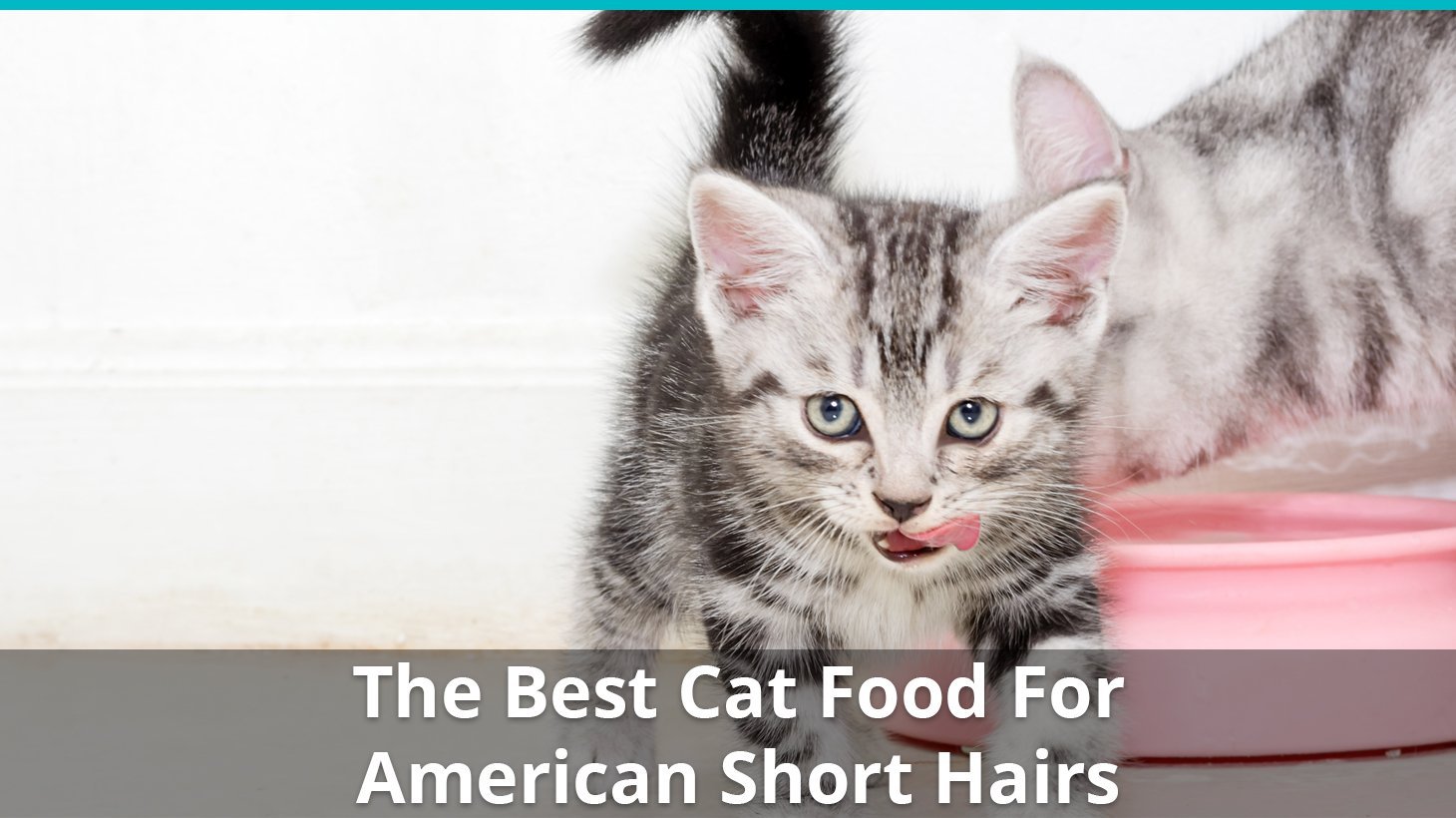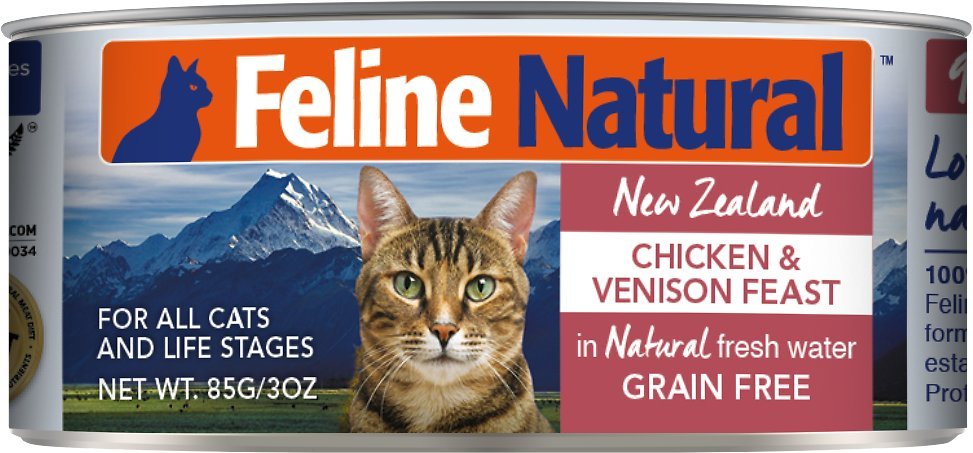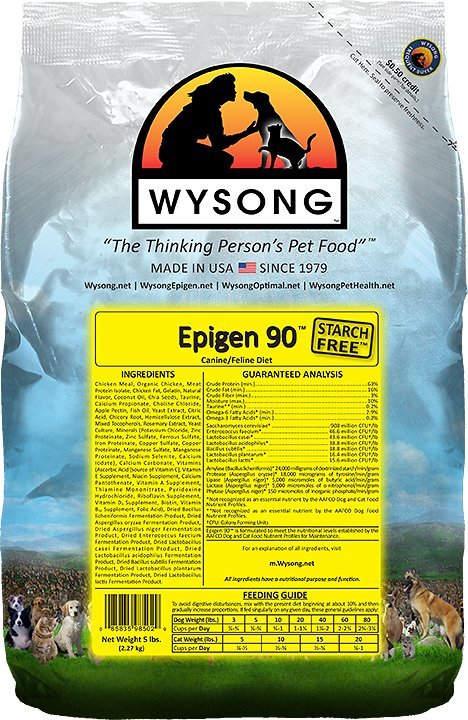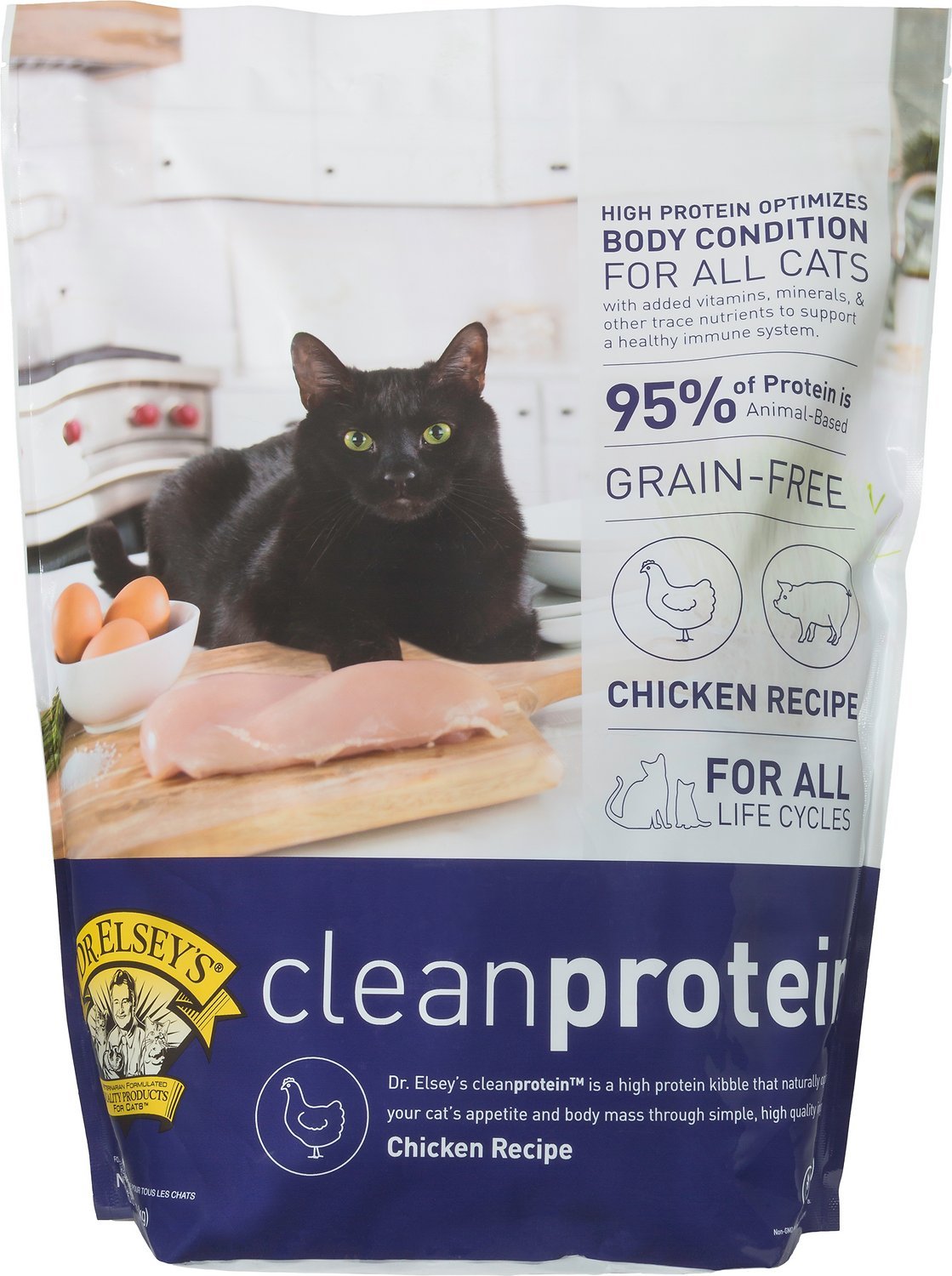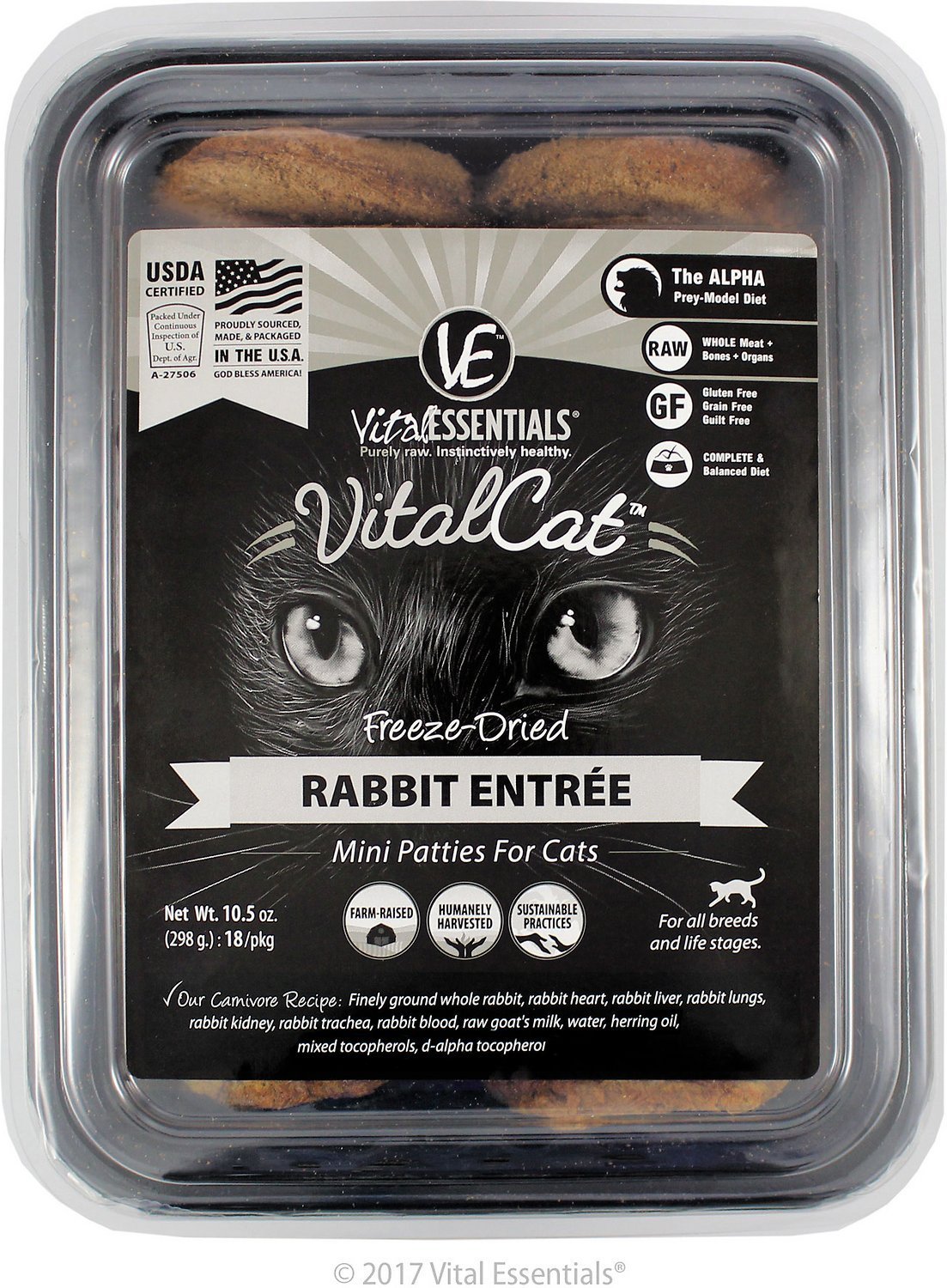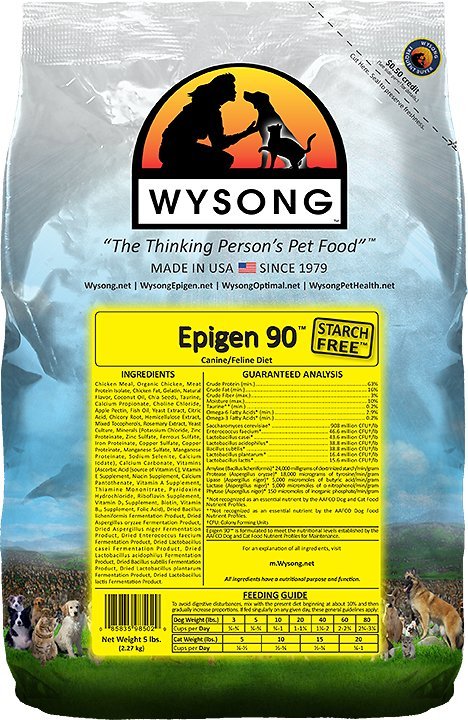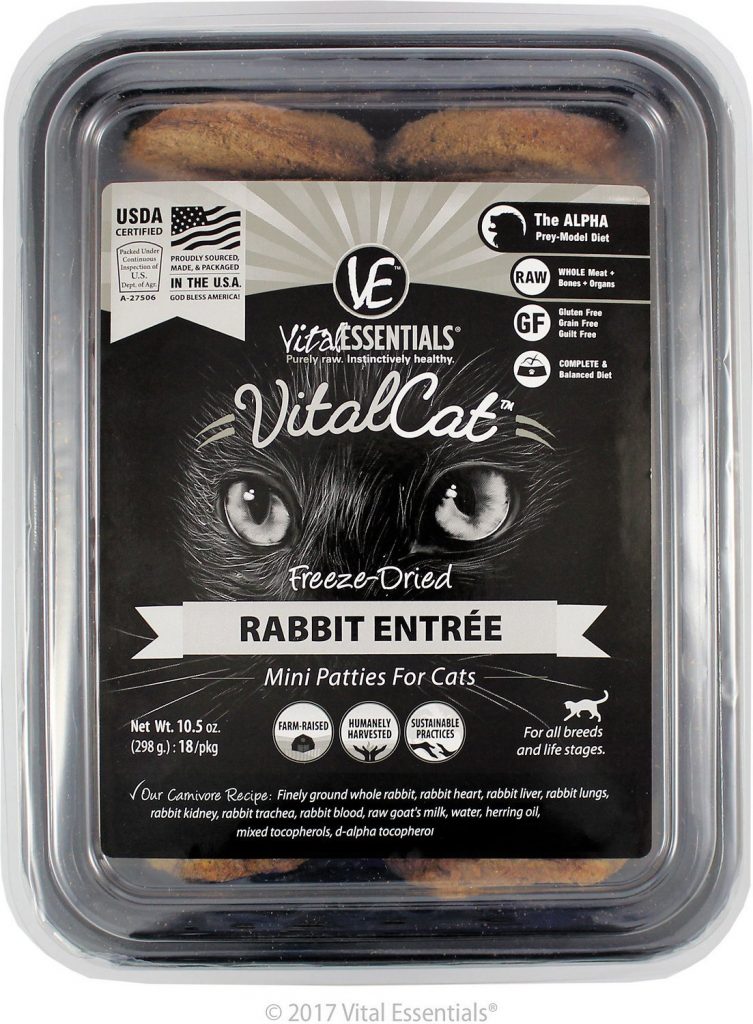Is there any cat breed more beloved than the American Shorthair? With its easygoing disposition and striking good looks, the Shorthair is one of the most popular cats in the modern U.S.
Officially, however, it’s a newcomer to the world of cat shows: its provenance dates back only to the early 20th century!
Such a beloved cat naturally deserves only the finest cat food then, right?
And if you want your kitty to have the happiest, healthiest life possible (which means more snuggling and petting and purring for you to enjoy!), then you had better make the right choice.
But there are SO MANY options out there, where do you start? Wet? Dry? What brand?
Don’t worry. We’ve done the hard work for you. We’ve researched many and have narrowed it down to the five absolute best options.
Of course, to keep any cat happy and healthy, you should be feeding it a biologically appropriate diet.
That means it must be:
- High in protein
- Low in carbohydrates
- Moderate in fats
It should also be:
- Full of real, named meat ingredients, including organs
- Absent of fillers like corn, wheat, and starches
- Full of vitamins and nutrients, or whole food versions that contain them
Here’s Why We’re Qualified To Talk To You About This
We put together a massive internal database (which we’ll be releasing to the public soon), of over 2000 cat foods.
We collected data from calories to macronutrients to ingredients to how they compare to the average.
We then used both formulas and a bit of common sense to score each food out of 5.
We looked at studies to find out what cats should really eat.
We have dedicated hundreds of hours, now, to cat food research, and have the data to back it up!
We’ll be drawing on the data we collected to recommend some of the best foods below.
Our review process is unbiased and based on extensive research. If you buy through the links on our site, we may earn a commission.
Do American Shorthairs Need Specific Food?
Some brands have “American Shorthair Specific” food options.
All that means is either that the kibble is shaped in such a way that suits the jaw shape of these kitties, or it’s just some mumbo jumbo marketing speak.
These “specialty” foods are typically full of horrible ingredients like corn and “meat by-products,” which are not appropriate for your cat’s nutritional needs.
Different breeds of cats are really only different in terms of their looks, not their physiology or digestion.
Human beings can have different hair colors, skin colors, eye colors, body sizes, or body shapes, yet still have the same basic dietary requirements. Similarly, cats can look a bit different from one breed to another, yet be pretty much the same “under the hood.”
That means that your precious American Shorthair isn’t that much different than a giant Maine Coon, or a sly Siamese.
They all require the same, basic, non-complicated nutrient profile.
What Do Cats Eat In The Wild?
It’s important to learn what cats eat in the wild because:
- Domestic cats are descendants of wild cats, and they are not very different biologically.
- There just hasn’t been enough time or environmental pressure for them to evolve significantly.
Therefore, what your cat eats in your home should be based on a cat’s diet in the wild.
Research seems to back this up.
To start, let’s look at domestic cats.
In one study, when given the option amongst several commercial pet foods, cats tended to eat the foods that gave them the following macronutrient breakdown (dry matter basis):
- 52% protein
- 36% fat
- 12% carbohydrate
That’s different than most pet foods, especially the brands that claim they make “breed-specific” foods.
Let’s look at the data from a compilation of studies on wild cats.
These studies all looked at feral or stray cat populations. They covered multiple continents and a variety of environments (near the sea, rural, urban, etc.).
Here’s the macronutrient breakdown, on average, of what cats eat in the wild (dry matter basis):
- 63% protein
- 23% fat
- 3% carbs
Wow!
So much different than most commercial pet foods.
What you should be looking for, then, is a high protein, moderate fat, low carbohydrate food.
That food should get most or all of its protein from named meat sources (i.e.., chicken, not “meat by-products”).
After all, the foods cats were eating in the wild were almost exclusively animals.
It should have minimal fillers (things like corn, rice, wheat, etc.).
OK, So Now What?
Alright, so we could have just picked some random foods and told you they were “perfectly designed” for your special kitty.
That’s what most “review” sites do.
But that would be totally wrong and be unhealthy for your kitty.
It’s up to you whether you believe us and the data, or whether you believe the big companies who tell you that “breed-specific” foods should be full of corn, by-products, and other junk.
If you’re ready to leave the marketing nonsense behind, read on below to find out our top recommended wet, dry, and freeze-dried food options for your special kitty!
Our review process is unbiased and based on extensive research. If you buy through the links on our site, we may earn a commission.
Ratings Of The Best Cat Food For American Shorthairs
Best Wet Food
Feline Natural
- Very limited ingredient
- Near-perfect macronutrients
- Green lipped mussel for joint health
Best Dry Food
Dr. Elsey’s cleanprotein
- Uses chicken and high-protein meat concentrates
- No added carbs
- Near-perfect macronutrient profile
Best Freeze-Dried
Vital Essentials Mini Patties
- High-quality meat ingredients, including organ meat
- Very close to a natural, wild diet
- Absolutely no fillers
One of the best canned foods you can choose, Feline Natural puts together a recipe full of various cuts of chicken and venison, including organs, which are super healthy for your cat.
It also includes New Zealand Green Lipped Mussels, a very unique cat food ingredient. This is a great addition because it is:
- another animal-based ingredient
- great for joint-health
- made from free-range, grass-fed chicken
There are really no artificial ingredients, additives, preservatives, or gelling agents.
The only drawback is it is a bit pricey.
While we recommend feeding wet food most of the time, since cats require a lot of moisture, but don’t have a strong thirst drive, this is the best of the dry foods out there.
Add a bit of water to it before feeding to make it even more appropriate to your cat’s needs.
Otherwise, it’s a show stopper.
Whereas most kibbles fail to break 40 or 50% protein, this one puts them all to shame with 70%.
It also has no carbs, and even uses gelatin as a binding agent, instead of a plant based or synthetic option, which is more popular.
The “meat protein isolate” sounds like a big no-no, since it’s an unnamed meat, but Wysong says it’s 100% pork isolate, and they’ve only labeled that because they interpret labeling laws in such a way that makes that the correct way to put it on the label.
Definitely one of the best choices if you feed dry.
We were surprised to see a real challenger to our #1 Wysong pick, but Dr. Elsey’s has delivered.
With chicken and pork protein isolate, they pack a huge amount of animal protein in right at the start.
Egg is a very bioavailable protein, full of amino acids and very digestible.
Again with no carbs, we see a very biologically appropriate macronutrient profile, close to what kitty would eat in the wild, as discussed above.
It has a lot of added vitamins and nutrients, but no digestive enzymes or probiotics, like our #1 pick.
It’s a fantastic option if your cat doesn’t like the taste of the Wysong brand for some reason, or if the shape of it isn’t right.
We believe that freeze-dried food has the potential to be the closest to a wild diet for your kitty.
The way the process is done locks in nutrients and flavors.
When you add water to “re-animate” it, you fulfill the moisture requirements, making it just about perfect.
This starts off with whole ground rabbit. That’s basically what your cat would eat in the wild.
It just so happens to be whole ground, for easier digestibility and eating.
It’s also full of additional organ meat.
The carbohydrate content seems to come from the raw goat’s milk (which is actually quite good for cats, since it’s unpasteurized and contains the enzyme that helps them break down lactose), so there are no added plants here.
Overall, this is highly appropriate for a feline.
And remember, the cost per pound goes down significantly when you add water to it. Your cat isn’t going through the package in a couple of bites, since it will expand and go further when rehydrated. Therefore the higher apparent cost per pound is a bit of a false signal.
About as close as you can get to a proper wild diet from a commercial pet food!
American Shorthair Cat Info and Health Issues
The Shorthair is known as a “working cat” because its original job, catching rodents, was so important. It did a tremendous job, and when given a chance, it still does so today.
With her muscular forelegs and build, the Shorthair likes to play once in a while, especially with her humans.
However, Shorthairs are also very calm and demure, with quiet voices and undemanding personalities.
When left to themselves, they tend to lay around in the sun rather than dash about looking for mice!
In fact, Shorthairs can be a little too calm. Left to themselves, and without outside stimulation, they can gain weight and become obese.
A weight issue can shorten the lifespan of an otherwise healthy kitty, so it’s worthwhile to keep an eye on your Shorthair’s diet. The best way to do this is to restrict treats and measure out each meal by hand or with an automatic feeder.
Shorthairs can live for a very long time, partially because they’re so healthy naturally.
This breed is delightfully free of cancers, most congenital problems, and other unwelcome traits that cause so much misery among other feline breeds.
Given a good diet, an indoor lifestyle, and moderate exercise, a cat of this breed can live 20 long and happy years.
However, some Shorthairs do exhibit Hypertrophic Cardiomyopathy, or HCM, which causes thickening of the heart muscle. Though veterinarians aren’t completely sure what causes this problem, there is speculation that it could be congenital.
Once diagnosed, it can be managed the close supervision of a vet. Many cats with HCM go on to live long, fulfilling lives.
Finally, Shorthairs can be very punctilious litter-goers. If kitty starts turning her nose up at the box in favor of less traditional bathroom locations – say, your laundry basket – don’t be too quick to change her diet! You may just need to clean up after her more regularly.
A Bit More Reading..
We found these sources an interesting “gateway”, if you will, to the world of breed specific cat food and just how silly it is.
- Netflix’s “Pet Fooled” Reveals The 10 Big Secrets The Pet Food Industry Is Trying To Hide – IHeartDogs.com
- Breed Specific Nutrition? – TruthAboutPetFood.com
- Cats and Carbohydrates: The Carnivore Fantasy? – https://www.ncbi.nlm.nih.gov/pmc/articles/PMC5753635/
- Estimation of the dietary nutrient profile of free-roaming feral cats: possible implications for nutrition of domestic cats. – https://www.ncbi.nlm.nih.gov/pubmed/22005434 (full text downloaded as file name 2011_82.pdf)

